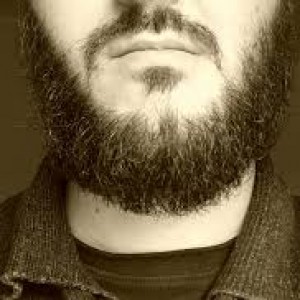
One of the limiting factors in hair transplantation is the amount of donor hair that an individual has on the scalp. For patients with extensive hair loss scalp donor hairs may not provide sufficient coverage for all affected areas. Body hair transplantation has emerged as a new option for selected patients with poor donor scalp hair and good body hair.1
Follicular unit extraction (FUE) makes it possible to extract the individual follicular units from the body and beard donor areas without strip excision and suturing. It is important to keep in mind that the characteristics of body and beard donor hair differ from scalp donor hairs in length, growth cycles, shaft diameter (calibre), curl, and colour, which do not change when the hair is transplanted to the scalp. Thus, proper planning is critical when using the different types of donor hair for transplanting.
Beard hair is a good option for donor hair due to its thicker caliber and the length that may be achieved after transplantation compared to hair from other areas of the body. Chest hair is also a good candidate for body donor hair as it has been shown to have the lowest transection rate (the potential for damage that can occur to the hair follicles during transplantation). Donor hair from the back, arms, and abdomen have also been used in hair transplants; however this hair is thinner and has been shown to have a higher transection rate.2
However, the use of body hair in hair restoration is still a relatively new concept, for which limitations and concerns still need to be addressed:
- The procedure is possible only in patients who have a good amount of body/beard hair.
- The procedure is performed by an extraction method which may produce small scars to the body donor area.
- Follicular unit extraction can be a slow and painstaking method. As such, the procedure requires a high degree of motivation from the patient as multiple sessions may be required to achieve desired results.
- Body hairs are usually found as 1 and 2 hair units, and hence the density and thereby results achieved may not be as impressive as with scalp hair.
- Body hairs are shorter in length and thinner, which means that transection rates will be higher than those of scalp donor hairs. While transection rates with scalp hairs are 5% or lower, the rate of transection with body hairs ranges from 13-32%.2
Article by: Dr. M. Cernea Ph.D., Mediprobe Research Inc.
References
- Umar S. 2013. Use of body hair and beard hair in hair restoration. Facial Plast Surg Clin North Am.; 21(3):469-77.
- Venkataram, M. 2013. Body Hair Transplantation: Case Report of Successful Outcome. J Cutan Aesthet Surg.; 6(2): 113–116.












